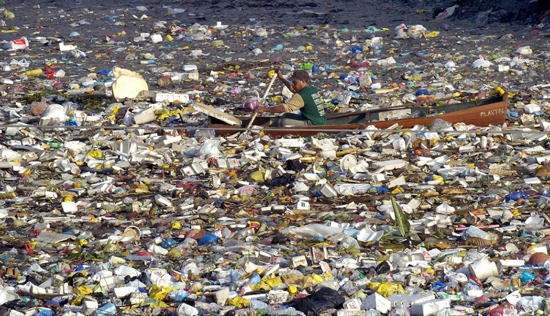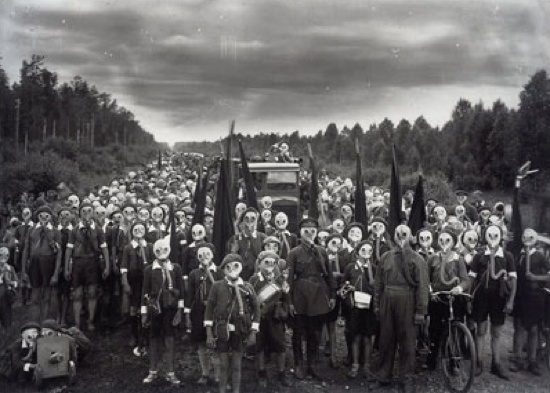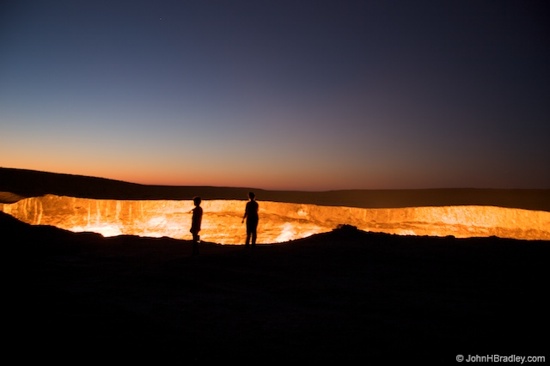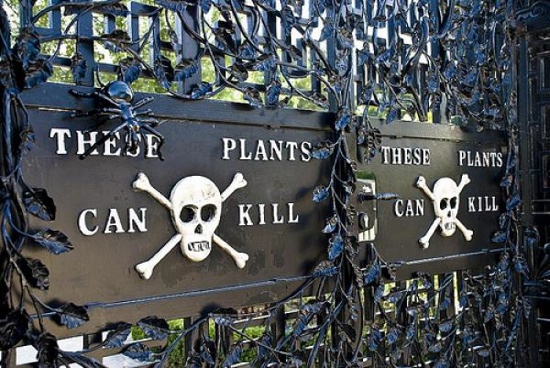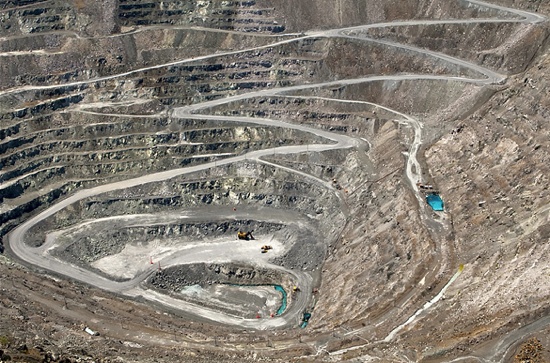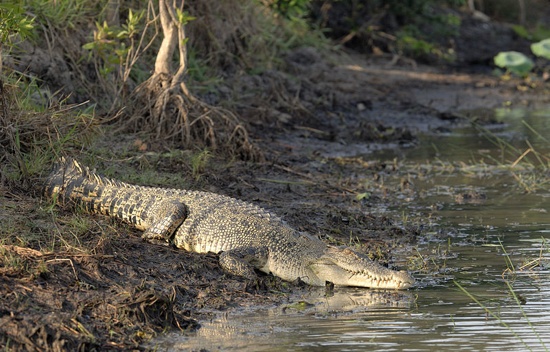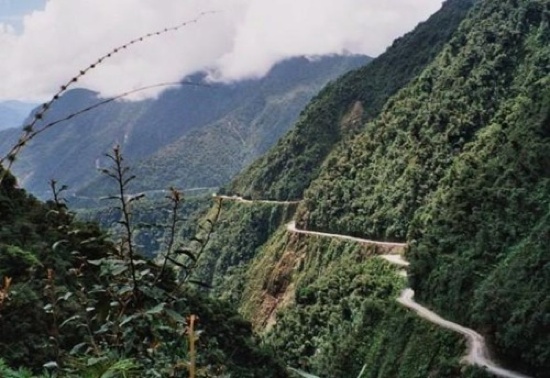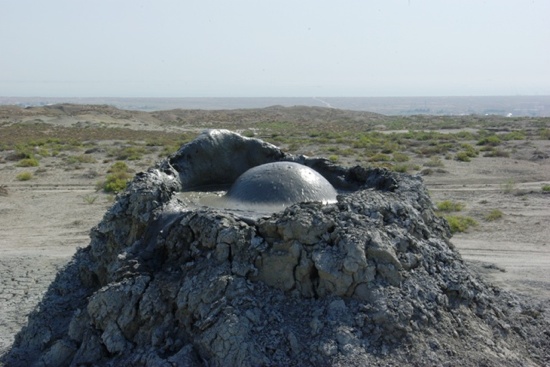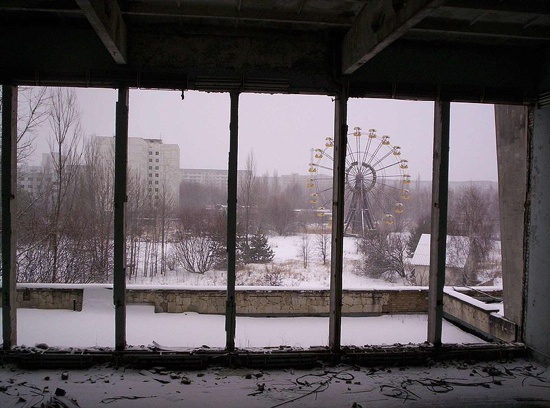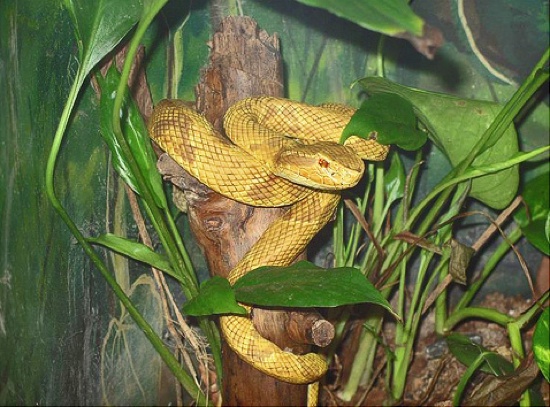 Weird Stuff
Weird Stuff  Weird Stuff
Weird Stuff  Mysteries
Mysteries 10 Tragic Disappearances and Deaths in Joshua Tree National Park
 History
History 10 Ways Childhood Really Sucked in the Old West
 Music
Music 10 Name Origins of Famous Bands from the 1990s
 Religion
Religion 10 Biggest Turnarounds by the Catholic Church
 Weird Stuff
Weird Stuff 10 Unbelievable Times Laws Had Unintended Consequences
 Humans
Humans Ten Historic Women Who Deserve Way More Credit Than They Got
 Movies and TV
Movies and TV 10 Films That Spawned Major Lawsuits
 History
History Ten Times Towns Were Wiped Off the Face of the Earth
 Creepy
Creepy 10 of the Most Disturbingly Haunted Public Houses in the UK
 Weird Stuff
Weird Stuff 10 Niche Subcultures That Are More Popular Than You Might Think
 Mysteries
Mysteries 10 Tragic Disappearances and Deaths in Joshua Tree National Park
 History
History 10 Ways Childhood Really Sucked in the Old West
Who's Behind Listverse?

Jamie Frater
Head Editor
Jamie founded Listverse due to an insatiable desire to share fascinating, obscure, and bizarre facts. He has been a guest speaker on numerous national radio and television stations and is a five time published author.
More About Us Music
Music 10 Name Origins of Famous Bands from the 1990s
 Religion
Religion 10 Biggest Turnarounds by the Catholic Church
 Weird Stuff
Weird Stuff 10 Unbelievable Times Laws Had Unintended Consequences
 Humans
Humans Ten Historic Women Who Deserve Way More Credit Than They Got
 Movies and TV
Movies and TV 10 Films That Spawned Major Lawsuits
 History
History Ten Times Towns Were Wiped Off the Face of the Earth
 Creepy
Creepy 10 of the Most Disturbingly Haunted Public Houses in the UK
Top 10 Places You Don’t Want To Visit
In previous lists we have looked at amazing holiday destinations – today we are looking at the bottom ten; these are ten places you don’t want to visit! Having said that, maybe the curious would get a thrill from visiting some of these strange and dangerous places, but for most of us, reading about it is quite enough. Feel free to mention any other contenders for the list in the comments.
The Great Pacific Garbage Patch, also described as the Pacific Trash Vortex, is a gyre of marine litter in the central North Pacific Ocean located roughly between 135° to 155°W and 35° to 42°N. Most current estimates state that it is larger than the U.S. state of Texas, with some estimates claiming that it is larger than the continental United States, however the exact size is not known for sure. The Patch is characterized by exceptionally high concentrations of pelagic plastics, chemical sludge, and other debris that have been trapped by the currents of the North Pacific Gyre. The patch is not easily visible because it consists of very small pieces, almost invisible to the naked eye, most of its contents are suspended beneath the surface of the ocean. This is not a place the average Joe would want to visit.
The Izu Islands are a group of volcanic islands stretching south and east from the Izu Peninsula of Honsh?, Japan. Administratively, they form two towns and six villages; all part of Tokyo. The largest is Izu ?shima, usually called simply ?shima. Because of their volcanic nature, the islands are constantly filled with the stench of sulfur (extremely similar to the smell of thousands of farts). Residents were evacuated from the islands in 1953 and 2000 due to volcanic activity and dangerously high levels of gas. The people returned in 2005 but are now required to carry gas masks with them at all times in case gas levels rise unexpectedly.
Address: Derweze, Turkmenistan
This has featured on listverse before, but it would be remiss of us to exclude it from this list. While drilling in Derweze in Turkmenistan in 1971, geologists accidentally found an underground cavern filled with natural gas. The ground beneath the drilling rig collapsed, leaving a large hole with a diameter of about 50-100 meters. To avoid poisonous gas discharge, scientists decided to set fire to the hole. Geologists had hoped the fire would go out in a few days but it has been burning ever since. Locals have named the cavern The Door to Hell. As you can see from the picture above, it is one hell of an amazing place, but certainly one you wouldn’t want to visit.
Address: Denwick Lane, Alnwick, NE66 1YU, England
Inspired by the Botanical Gardens in Padua, Italy (the first botanical garden which was created to grow medicinal and poisonous plants in the 1500s), the Alnwick Poison Garden is a garden devoted entirely to plants that can kill. It features many plants grown unwittingly in back gardens, and those that grow in the British countryside, as well as many more unusual varieties. Flame-shaped beds contain belladonna, tobacco and mandrake. The Alnwick Garden has a Home Office license to grow some very special plants; namely, cannabis and coca which are found behind bars in giant cages – for obvious reasons.
Address: Thetford-Mines, Quebec, Canada
Asbestos is a set of six naturally occurring silicate minerals highly prized for their resistance to fire and sound absorption abilities. On the downside, exposure to this stuff causes cancer and a variety of other diseases. It is so dangerous that the European Union has banned all mining and use of asbestos in Europe. But, for those curious enough to want to get close to the stuff, all is not lost. In Canada at the Thetford Mines, you can visit an enormous open pit asbestos mine which is still fully operational. The workers in the mines aren’t required to wear any sort of respiratory protection, and in some sections of the nearby town, residential areas are butted right next up against piles of asbestos waste. The mine offers bus tours of the deadly environment during the summer months. Tickets are free (would you expect it to be any other way?). If you decide to visit, don’t forget your full body bio-hazard suit.
Ramree Island in Burma is a huge swamp home to 1000s of salt water enormous salt water crocodiles, the deadliest in the world. It is also home to malaria carrying mosquitos, and venomous scorpions. During the Second World War, the island was the site of a six week battle in the Burma campaign. Here is a description of one of those horrifying nights: “That night [of the 19 February 1945] was the most horrible that any member of the M.L. [motor launch] crews ever experienced. The scattered rifle shots in the pitch black swamp punctured by the screams of wounded men crushed in the jaws of huge reptiles, and the blurred worrying sound of spinning crocodiles made a cacophony of hell that has rarely been duplicated on earth. At dawn the vultures arrived to clean up what the crocodiles had left…Of about 1,000 Japanese soldiers that entered the swamps of Ramree, only about 20 were found alive.”
The North Yungas Road (Road of Death or Death Road) is a 61 kilometres (38 mi) or 69 kilometres (43 mi) road leading from La Paz to Coroico, 56 kilometres (35 mi) northeast of La Paz in the Yungas region of Bolivia. It is legendary for its extreme danger with estimates stating that 200 to 300 travelers are killed yearly along it. The road includes crosses marking many of the spots where vehicles have fallen. The road was built in the 1930s during the Chaco War by Paraguayan prisoners. It is one of the few routes that connects the Amazon rainforest region of northern Bolivia, or Yungas, to its capital city. Because of the extreme dropoffs of at least 600 metres (2,000 ft), single-lane width – most of the road no wider than 3.2 metres (10 ft) and lack of guard rails, the road is extremely dangerous. Further still, rain, fog and dust can make visibility precarious. In many places the road surface is muddy, and can loosen rocks from the road.
In the Spring of 2001, volcanic activity under the Caspian Sea off the Azeri coast created a whole new island. In October 2001 there was an impressive volcanic eruption in Azerbaijan at Lokbatan, but there were no casualties or evacuation warnings. But Azerbaijan does not have a single active volcano, at least not in the usual sense of the word. What Azerbaijan does have is mud volcanoes – hundreds of them. Mud volcanoes are the little-known relatives of the more common magmatic variety. They do erupt occasionally with spectacular results, but are generally not considered to be dangerous – unless you happen to be there at the wrong time: every twenty years or so, a mud volcano explodes with great force, shooting flames hundreds of meters into the sky, and depositing tonnes of mud on the surrounding area. In one eruption, the flames could easily be seen from 15 kilometers away on the day of the explosion, and were still burning, although at a lower level, three days later.
The Zone of Alienation is the 30 km/19 mi exclusion zone around the site of the Chernobyl nuclear reactor disaster and is administrated by a special administration under the Ukrainian Ministry of Extraordinary Situations (Emergencies). Thousands of residents refused to be evacuated from the zone or illegally returned there later. Over the decades this primarily elderly population has dwindled, falling below 400 in 2009. Approximately half of these resettlers live in the town of Chernobyl; others are spread in villages across the zone. After recurrent attempts at expulsion, the authorities became reconciled to their presence and even allowed limited supporting services for them. Because of looting, there is a strong police presence – so be warned, if you visit, you may either be shot or get radiation poisoning – and we all know how awful that can be.
Off the shore of Brazil, almost due south of the heart of São Paulo, is a Ilha de Queimada Grande (Snake Island). The island is untouched by human developers, and for very good reason. Researchers estimate that on the island live between one and five snakes per square meter. That figure might not be so terrible if the snakes were, say, 2 inches long and nonvenomous. The snakes on Queimada Grande, however, are a unique species of pit viper, the golden lancehead. The lancehead genus of snakes is responsible for 90% of Brazilian snakebite-related fatalities. The golden lanceheads that occupy Snake Island grow to well over half a meter long, and they possess a powerful fast-acting poison that melts the flesh around their bites. This place is so dangerous that a permit is required to visit.
